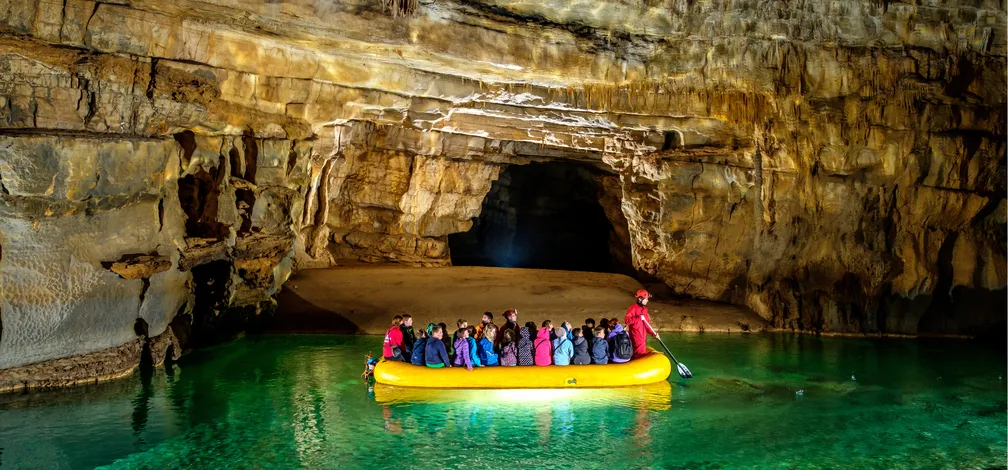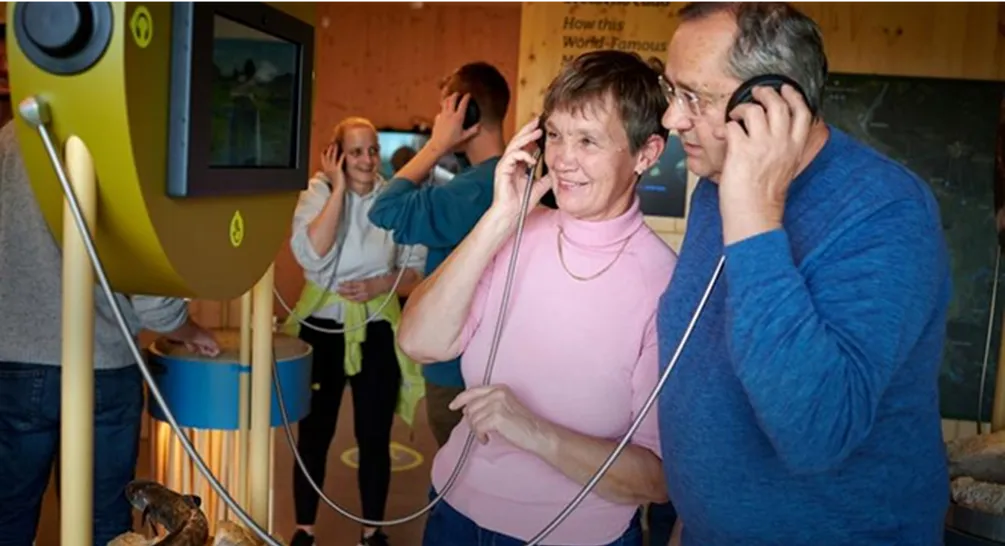
Lake Cerknica is one of the largest intermittent lakes in Europe. It appears every year on the karst polje (plain), caught between the Javorniki hills and the Bloke plateau on one side, and Mount Slivnica on the other. During the dry season, the lake disappears, which enables paddling, fishing, hiking or grass mowing in the same area in just one year.
The lake normally stays on the Cerknica plain for about eight months a year. Water usually spreads over the surface of 20 km², but at its fullest, the lake covers a surface of about 26 km². When full, Lake Cerknica is the largest lake in Slovenia.
It was first mentioned as early as ancient history, and it has been included on the maps of Europe ever since the 15th century. The hydrology of the lake was first researched by Carniolan natural historian Johann Weikhard von Valvasor, which won him a Fellowship of the Royal Society. Here is the cradle of karstology and terms such as karst polje (plain) and intermittent lake.
The importance of intermittent Lake Cerknica, therefore, goes far beyond Slovenia's borders. Along with the Rakov Škocjan valley and the Križna cave, Lake Cerknica has been designated as a wetland of international importance – Ramsar Site, and also as a Natura 2000 Site because of its importance for the preservation of endangered birds.
Biodiversity
Here they observed:
- 303 birds species – half of all European species;
- 45 mammals species – half of all Slovenian species;
- 125 diurnal butterflies species – about a third of all European species;
- 15 amphibians species – almost a quarter of all European amphibian species ...
Life between lack of water and overflow
The intermittent Lake Cerknica has always been associated with people. The abundance of fish and game has attracted people and provided them with nourishment since the Stone Age. After all, generations of hard-working hands have co-shaped the typical landscape on the moist soil of the basin, and by maintaining the flood meadows, they continue to ensure habitat for endangered flora and fauna.



















